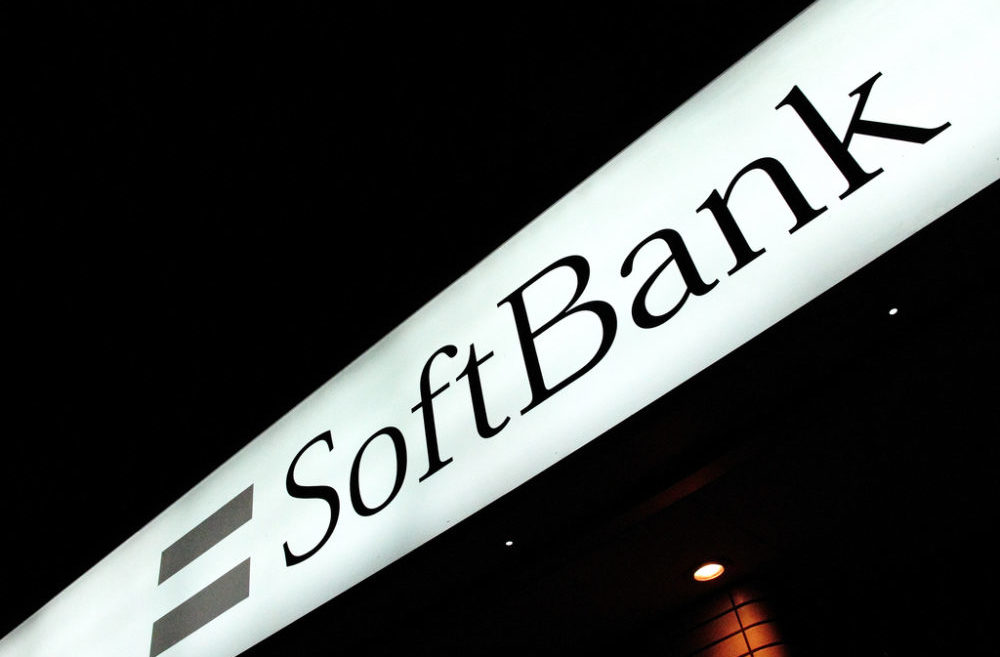Google is still not completely satisfied with the treasure trove of data it has amassed with its wildly popular search engine. It now plans to track even more user activity, especially credit and debit card transactions, to prove its online ads are pushing the users to complete purchases at offline brick and mortar stores.
The search giant is taking this massively significant step because it wants to provide advertisers assurance about the working of their ad campaigns. It can only be done if the stores collect purchase data on their behalf which can further be passed on to the company for analysis using latest technologies. Google is applying machine learning to debut a completely new program that’ll enable marketers to gain extensive insight into their ad practices and modify them according to the customer’s needs.
Google Attribution makes it possible for every marketer to measure the impact of their marketing across devices and across channels — all in one place, and at no additional cost.
The blog post states that advertisers have been stuck with last-click attribution methods to work out their marketing efforts but in vain. Google Attribution is looking to increase the number of touchpoints, courtesy of its cohort of platforms and devices, to bring together all marketing data and deliver deeper insights along with actionable suggestions.
This means the search giant will be using machine learning to determine how much credits you need to invest into the customer’s journey from an ad to the completion of their purchase. It collates AdWords, Google Analytics, and DoubleClick Search insights to provide an all-round strategy for targeting more users. It launched a store visits measurement program earlier in 2014 but is being expanded upon using improved credit/debit card tracking to deliver even better local ad experiences.
Over the past three years, Google has already tracked more than 5 billion store visits globally using AdWords and discovered that customers are 25 percent more likely to make an in-store purchase after watching an advertisement for the same on the interweb — be it on Google Search or YouTube. Yes, we know that you are oh-so-concerned about your privacy even when it’s your offline data that’s being tracked in this regard.
But, you do not need to worry about the same as all the data collected by the stores is anonymized and is hidden behind a double-blind encryption to completely hide all consumer data. There is presently no info on what data from the credit/debit card is being accessed by Google but they have access to your offline shopping trips. They’re now aware of when you’re eager to purchase chips, cheese or even alcohol.
While internet marketplaces are inching closer to traditional brick-and-mortar shopping experiences, Google is still betting on an offline strategy to provide brands or advertisers with more actionable information. If they’re running loyalty offers then data from the same can also be easily ported into Adwords. If not, then also it is not a cause for concern as Google has partnered with several financial entities in the United States.
Even if your business doesn’t have a large loyalty program, you can still measure store sales by taking advantage of Google’s third-party partnerships, which capture approximately 70% of credit and debit card transactions in the United States.
The Tech Portal is published by Blue Box Media Private Limited. Our investors have no influence over our reporting. Read our full Ownership and Funding Disclosure →






